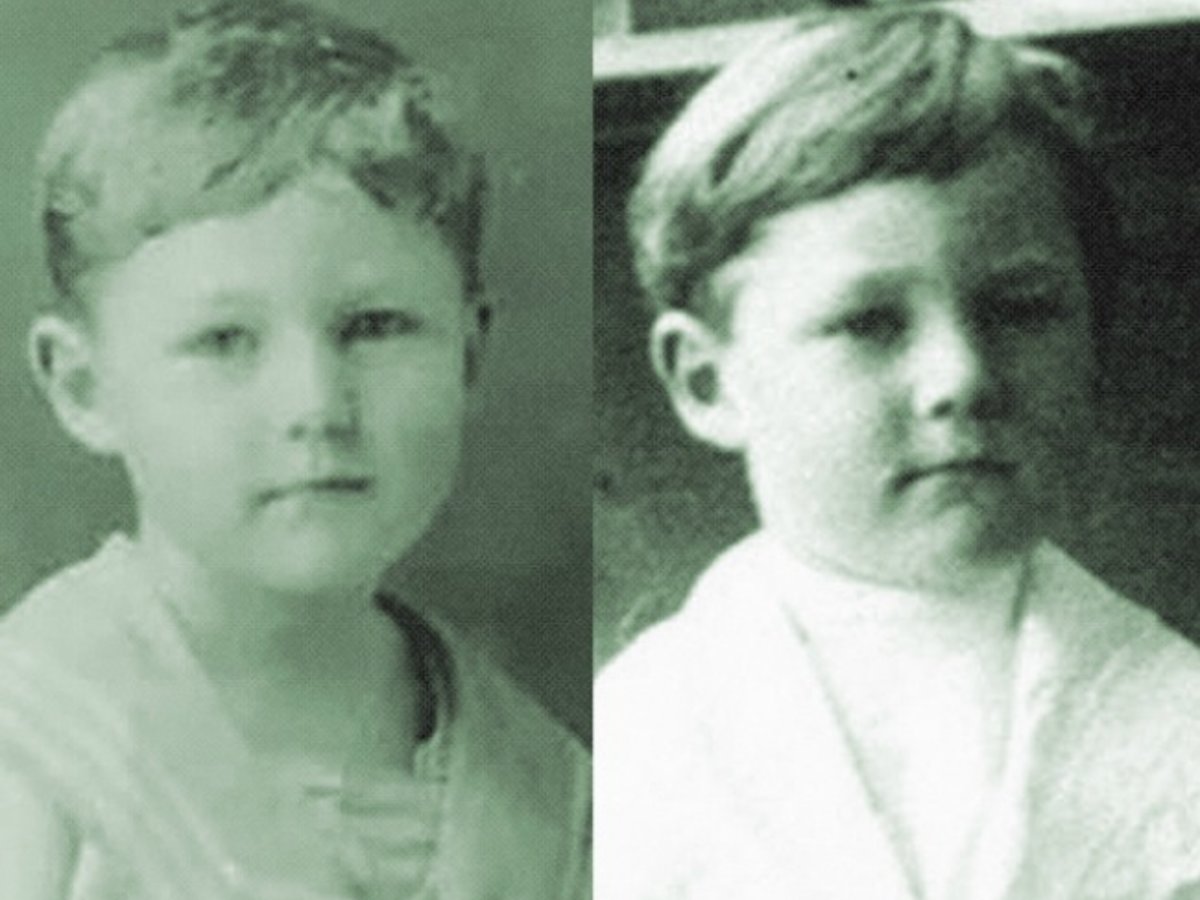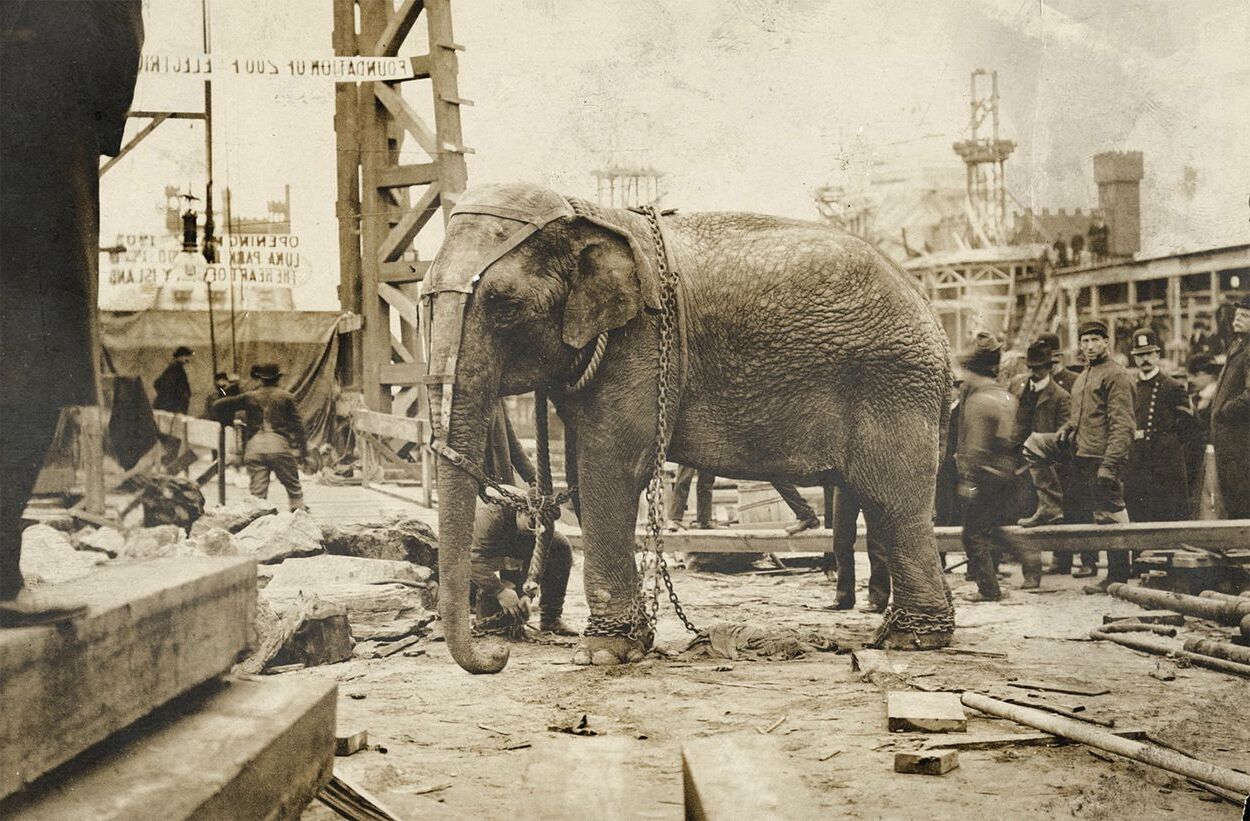
Who was Bobby Dunbar? Bobby Dunbar was a young boy who vanished in 1912 during a family trip to Swayze Lake, Louisiana. His disappearance sparked one of the most famous missing person cases in American history. After an extensive search, authorities found a boy they believed to be Bobby eight months later. However, the story took a twist when another woman claimed the child was her son, Bruce Anderson. The case became a legal battle, with both families fighting for custody. Decades later, DNA testing revealed the boy found was not Bobby Dunbar, leaving the mystery unsolved.
Key Takeaways:
- The disappearance of Bobby Dunbar in 1912 sparked a national mystery, with a found boy leading to a dramatic legal battle and a shocking DNA revelation, highlighting the limitations of early forensic science.
- The Bobby Dunbar case serves as a cautionary tale about the importance of accurate identification and the emotional impact on families, leaving a lasting legacy in American history and forensic science education.
The Disappearance of Bobby Dunbar
In 1912, a young boy named Bobby Dunbar vanished during a family outing. This event sparked one of the most intriguing and mysterious cases in American history. Here are some fascinating facts about Bobby Dunbar's disappearance and the subsequent investigation.
- Bobby Dunbar was four years old when he disappeared near Swayze Lake in Louisiana.
- The Dunbar family was on a fishing trip when Bobby went missing.
- Hundreds of volunteers searched the area for Bobby, but no trace of him was found initially.
- The case gained national attention, with newspapers across the country covering the story.
- Eight months after Bobby's disappearance, a boy matching his description was found in Mississippi.
The Found Boy and Legal Battle
When a boy resembling Bobby was discovered, it led to a heated legal battle over his identity. The ensuing drama captivated the nation.
- The boy found in Mississippi was living with a man named William Walters.
- Walters claimed the boy was Bruce Anderson, the son of a woman named Julia Anderson.
- Julia Anderson stated that she had given Walters permission to take her son on a trip.
- The Dunbars identified the boy as their missing son, Bobby.
- Julia Anderson contested the Dunbars' claim, insisting the boy was her son, Bruce.
Courtroom Drama and Public Opinion
The case went to court, where both sides presented their arguments. Public opinion was divided, and the courtroom drama was intense.
- The court ultimately ruled in favor of the Dunbars, awarding them custody of the boy.
- Julia Anderson returned to North Carolina, heartbroken and without her son.
- The boy lived with the Dunbars and was raised as Bobby Dunbar.
- Public opinion was split, with some believing the boy was Bobby and others siding with Julia Anderson.
- The case remained a topic of debate for decades.
DNA Testing and Modern Investigation
In the 21st century, advancements in DNA testing provided new insights into the case. The results were shocking and added another layer to the mystery.
- In 2004, Bobby Dunbar's granddaughter, Margaret Dunbar Cutright, began investigating the case.
- She obtained a DNA sample from her father, Bobby Dunbar Jr.
- The DNA was compared to that of Bobby Dunbar's younger brother, Alonzo Dunbar.
- The results showed that Bobby Dunbar Jr. was not related to Alonzo Dunbar.
- This confirmed that the boy raised as Bobby Dunbar was not the Dunbars' biological son.
The Real Identity of the Found Boy
With the DNA results, the true identity of the boy found in Mississippi came into question. The mystery deepened as new theories emerged.
- The DNA evidence suggested that the boy was likely Bruce Anderson, Julia Anderson's son.
- This revelation vindicated Julia Anderson's claims from decades earlier.
- The Dunbar family was shocked by the DNA results but accepted the findings.
- The case highlighted the limitations of early 20th-century forensic science.
- The story of Bobby Dunbar remains a cautionary tale about the importance of accurate identification.
Impact on the Families Involved
The case had a profound impact on both the Dunbar and Anderson families. The emotional toll and lasting effects were significant.
- The Dunbars raised the boy as their own, unaware of his true identity.
- Julia Anderson suffered greatly from the loss of her son and the public's disbelief.
- The Anderson family felt a sense of vindication after the DNA results were revealed.
- The Dunbar family grappled with the truth but maintained their love for the boy they raised.
- The case brought attention to the challenges of child identification and custody disputes.
Legacy of the Bobby Dunbar Case
The Bobby Dunbar case remains one of the most famous missing person cases in American history. Its legacy continues to intrigue and educate.
- The case has been the subject of numerous books, documentaries, and articles.
- It has been used as a case study in forensic science and legal courses.
- The story highlights the importance of advancements in DNA testing for solving old cases.
- The case underscores the emotional complexities involved in missing person investigations.
- The Bobby Dunbar case serves as a reminder of the impact of media coverage on public perception.
- The mystery of Bobby Dunbar's disappearance and the identity of the found boy continues to captivate people to this day.
The Mystery Lives On
Bobby Dunbar's story remains one of the most intriguing mysteries in American history. Despite the DNA evidence that surfaced decades later, questions still linger about what truly happened. The case highlights the complexities of identity, family bonds, and the limitations of early 20th-century forensic science. It also serves as a reminder of how media and public opinion can shape the narrative of a missing person case. While the truth about Bobby Dunbar may never be fully known, the story continues to captivate and puzzle those who hear it. Whether you're a history buff or just someone who loves a good mystery, Bobby Dunbar's tale offers plenty to ponder. Keep digging, keep questioning, and who knows? Maybe one day, the final pieces of the puzzle will fall into place.
Frequently Asked Questions
Was this page helpful?
Our commitment to delivering trustworthy and engaging content is at the heart of what we do. Each fact on our site is contributed by real users like you, bringing a wealth of diverse insights and information. To ensure the highest standards of accuracy and reliability, our dedicated editors meticulously review each submission. This process guarantees that the facts we share are not only fascinating but also credible. Trust in our commitment to quality and authenticity as you explore and learn with us.


